How Malacca came to be
Parameswara, a Hindu king was fleeing for his life! His Javanese enemies had driven him out of Sumatra. In his headlong flight, he covered some 200 miles and managed to cross the Straights of Malaya. Now feeling safe, he rested under a Malacca tree in a cove by the sea. He probably never saw the sea trade potential of that land. It was just fatigue that made him stop. Perhaps he thought, it was even safe enough to build a new kingdom here!
It was early 14th century and only a small village of cutthroats and pirates lived there, no threat to his faithful band of armed soldiers. But the land around was full of greedy, warring Sultans. With only a few soldiers, how could he rule safely in such a perilous land? Parameswara thought long and hard and finally came up with a brilliant plan!
He visited the all-powerful Zhu Di, the third Ming Emperor of China, and swore fealty. Pleased with the promise of regular tribute and sensing a foothold for sea trade, the emperor promised protection. To sweeten the deal, a Ming princess was given as a consort to Parameswara along with a vast retinue of Chinese soldiers who came with her to settle in the new kingdom. Lo and behold! The kingdom of Malacca was born!
Things get a little unclear after this. The Portuguese, Chinese and British historians cannot agree exactly how Parmeshwara, a Hindu king morphed into the Muslim Sultan Iskander Shah! It is likely that it was Parmeswara’s son who took on the name Iskander Shah as the title of honor and later converted to Islam under the influence of the Muslim Arab and Indian traders who had flocked to Malacca in great numbers.
From Pirate Bay to Venice of the East
There is, however, full agreement on what followed. Under Parameswara’s leadership, rather than being at each other’s throats the simmering cauldron of local Malay, immigrant Chinese and the diverse trading community of many ethnic groups and religions learned to live peacefully together. Wisely, Parameswara ensured that they cooperated for trade and commerce, giving business priority over divergence in faith and custom!
The kingdom prospered, as a result, forming the gateway to all sea trade with the Far East. Peace and prosperity reigned for two centuries while Malacca grew into a major port along the spice route, and its harbor bristled with the ships of China and other spice-loaded vessels from all over the world. So great was its wealth, that it came to be called Venice of the East! Sadly the state’s very prosperity proved its undoing. Greedy eyes of maritime powers were watching Malacca’s wealth with envy and desire!
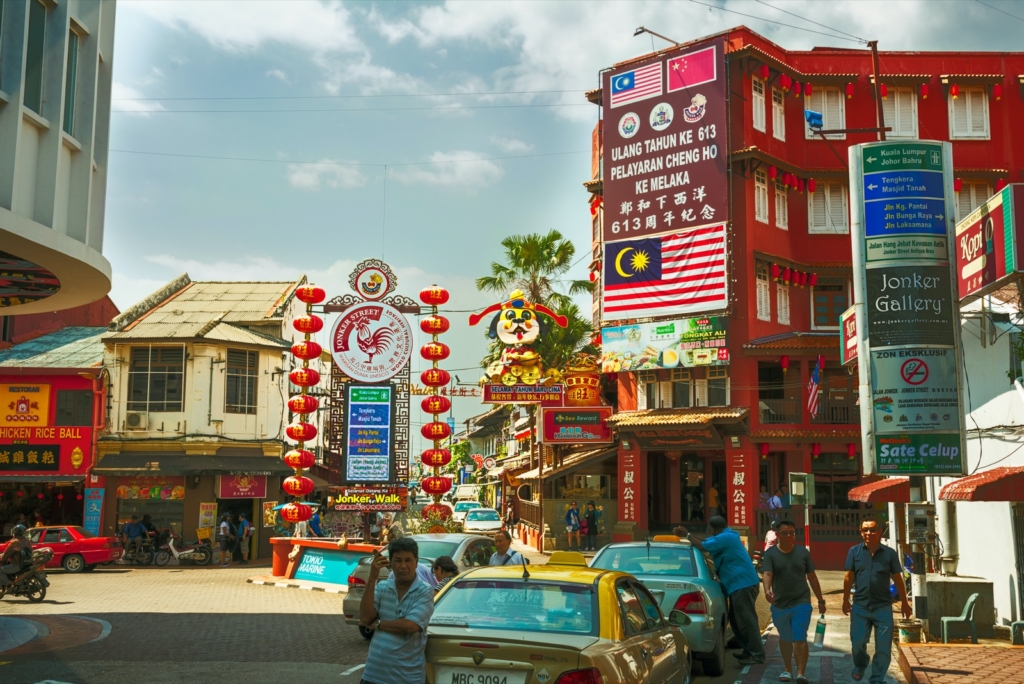
The Occupation
The Portuguese
The first to arrive with plunder and colonization on their minds were the Portuguese in the early 16th century
Realizing Malacca’s importance for protecting lucrative trade between the Far East and Europe, the Portuguese governor from India, Alfonso de Albuquerque, attacked Malacca and succeeded in defeating the reigning Sultan.
The invaders built a fort called “A Famosa” on the incline of St. Paul’s Hill. Inside were two palaces, a castle, a meeting room for the Portuguese Council, and five churches. All that remains standing today is the “Porta de Santiago”, a gate without a wall!
Perhaps the most enduring impact of the Portuguese occupation was the arrival of St. Francis Xavier who spread Christianity throughout Malaysia.
Unfortunately in their 130-year rule, the Portuguese failed to maintain the glory and prosperity of Malacca because of restrictive trade policies, competitions, and wars.
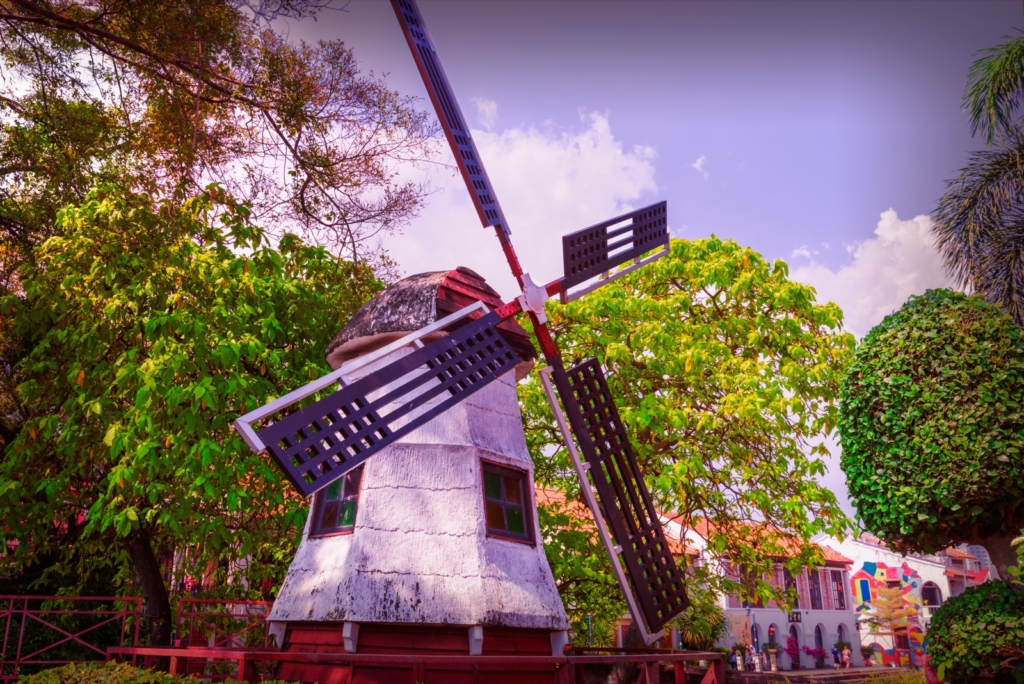
The Dutch
A century and a half later, the Dutch East India Company conquered Malacca after a siege of 7 months. They rebuilt the fort using the latest octagonal design and installed many brass cannons. Inside the fort, they built a StadtHuys or town hall as the governor’s residence. Being Calvinistic Protestants, the Dutch destroyed many Portuguese Catholic churches.
Already impoverished during the Portuguese occupation, Malaccan trade continued its decline under the Dutch, who had only two goals: the safety of the spice-route and elimination of competitors. Their rule lasted 180 years till the treaty of Paris following the Napoleonic wars which forced them to cede their Indian colonies and Malacca to the British in 1795.
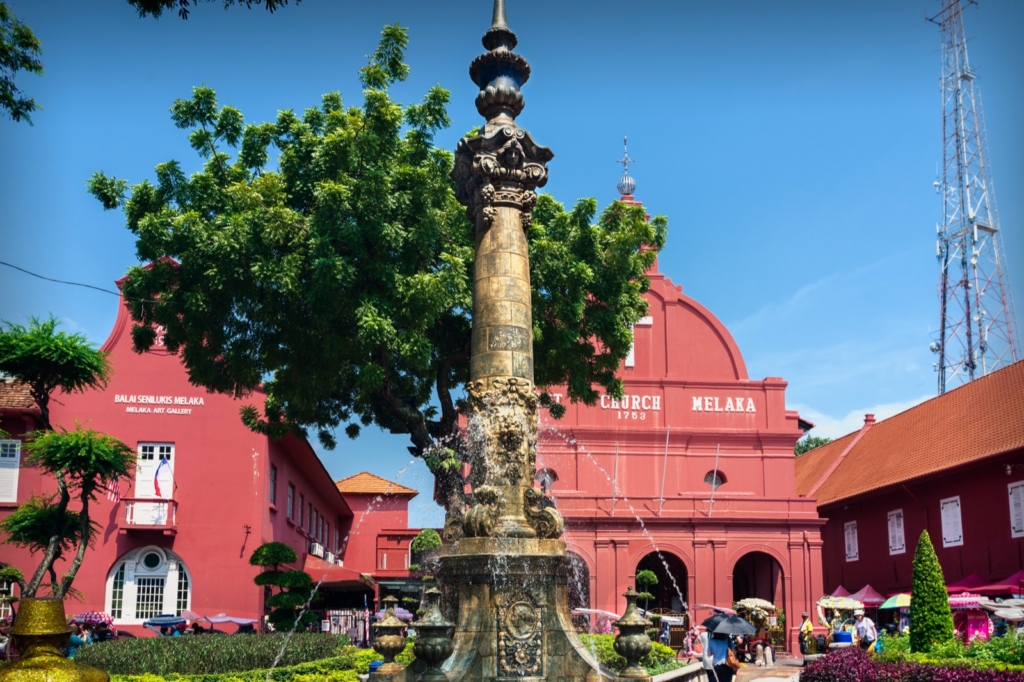
The British and the Japanese
The British rule of Malacca lasted till Malaysia became an independent Sultanate in 1956. Under the British, Malacca became a part of a new centralized administration in the region under the Straits Settlement covering Penang, Malacca, and Singapore.
Near the end of WW II, the Japanese briefly occupied Malacca for 2 years till their surrender restored British rule.
Following the Indian Mutiny in 1867, the Straits settlement was declared a crown colony and placed directly under the control of London, giving the colony considerable degree of self-government.
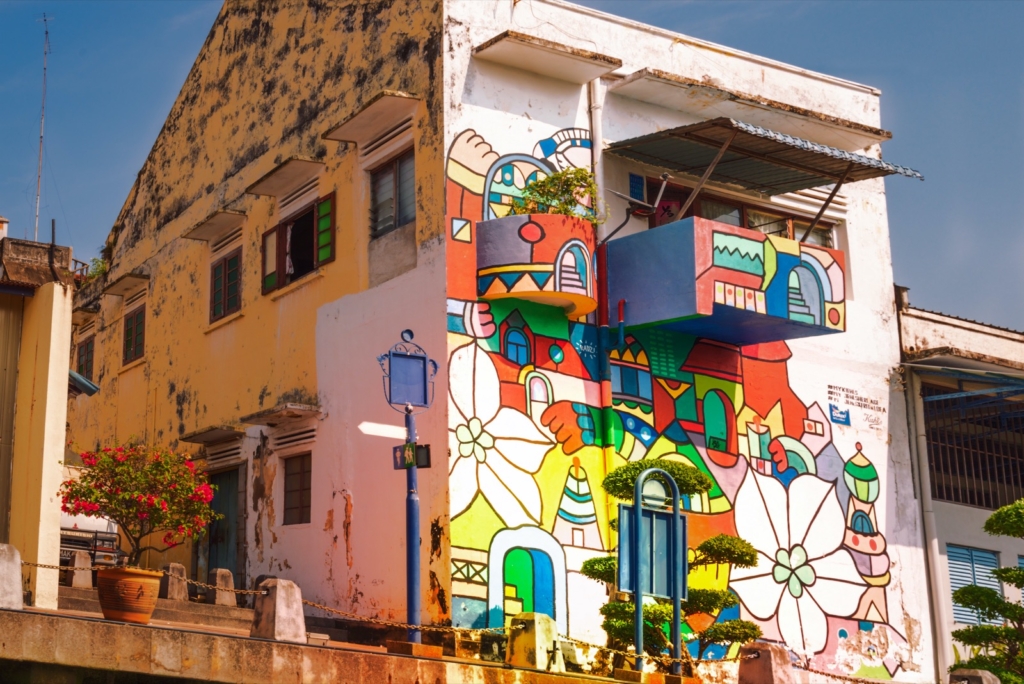
Independent Sultanate
In 1946, after the Second World War, the colony was dissolved. Malacca and Penang were absorbed into the new Malayan Union, while Singapore was separated from the rest and made into a new crown colony. In less than 20 years, a Sultanate of Malaysia evolved that included Peninsular Malaysia and North Borneo.
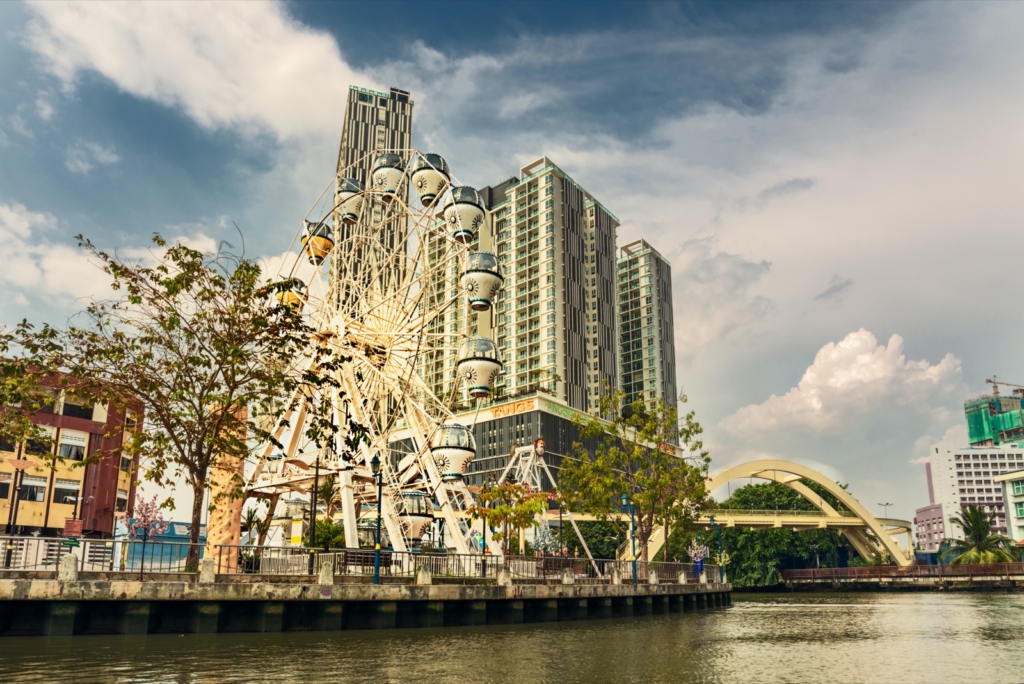
From Cradle to World Heritage
The Template
Malacca is a remarkable example of a colonial town formed by a succession of historical and cultural influences from past trade links between the Far East and Europe. It created a multicultural living heritage of many religions and cultures including that of the local Malay, Indian traders, and Chinese settlers from the Ming dynasty. These traditions were also influenced by the Portuguese, the Dutch and the British who together ruled this part of the world for 600 years.
The population of Malacca today is roughly two-thirds Malay and one-third Chinese with a small (6%) of Indians thrown in. So is the population distribution of all of Malaysia. The entire country appears to have used the Malaccan template to share cultures, live in harmony, and promote trade commerce and tourism. Therefore, Malacca deserves to be called the cradle of Malaysia.
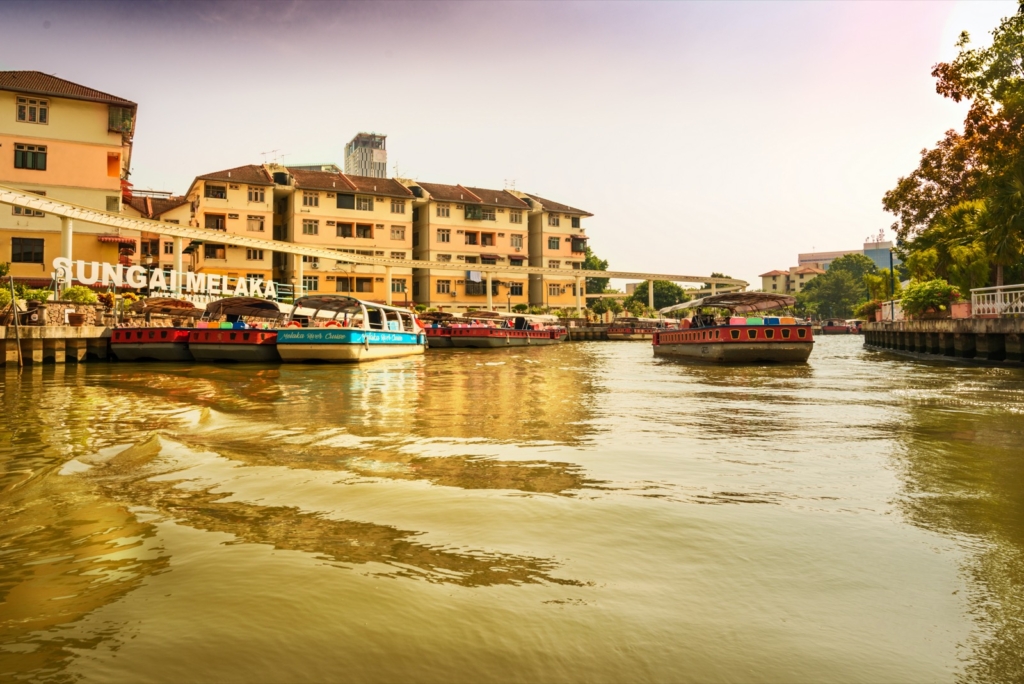
World Heritage
Malacca today is no longer the queen of the Malay Straights trade. However, its multicultural tradition endures. The relics of its past and of the structures left behind by her erstwhile occupiers continue to draw tourists to this beautiful city. Tourism now provides its main source of income.
Today, you can visit the ramparts of the Old Dutch fort which has brass cannons looking as menacing as ever. Inside, the old Town House is a museum now. Of the earlier Portuguese fort, only an entrance gate remains, but a replica of a Portuguese galleon is kept in the maritime museum. The British influence can be seen in the mini Nelson column in a pretend Trafalgar square. There is a clear influence of the Dutch and the Chinese along Jonker’s Walk and in a replica Dutch windmill.
The Malacca River virtually bifurcates the town. Sail down the river in a tourist boat is perhaps the best way to explore Malacca on a hot and humid day!
In 2008, the outstanding universal value of Malacca was recognized by UNESCO. The city was named a World Heritage Site, along with its sister city, Georgetown, the capital of Penang.
By Jayant Neogy – I am a student of travel photography, still searching for the perfect shot of the perfect scene!. Soldiering on with my trusty D800

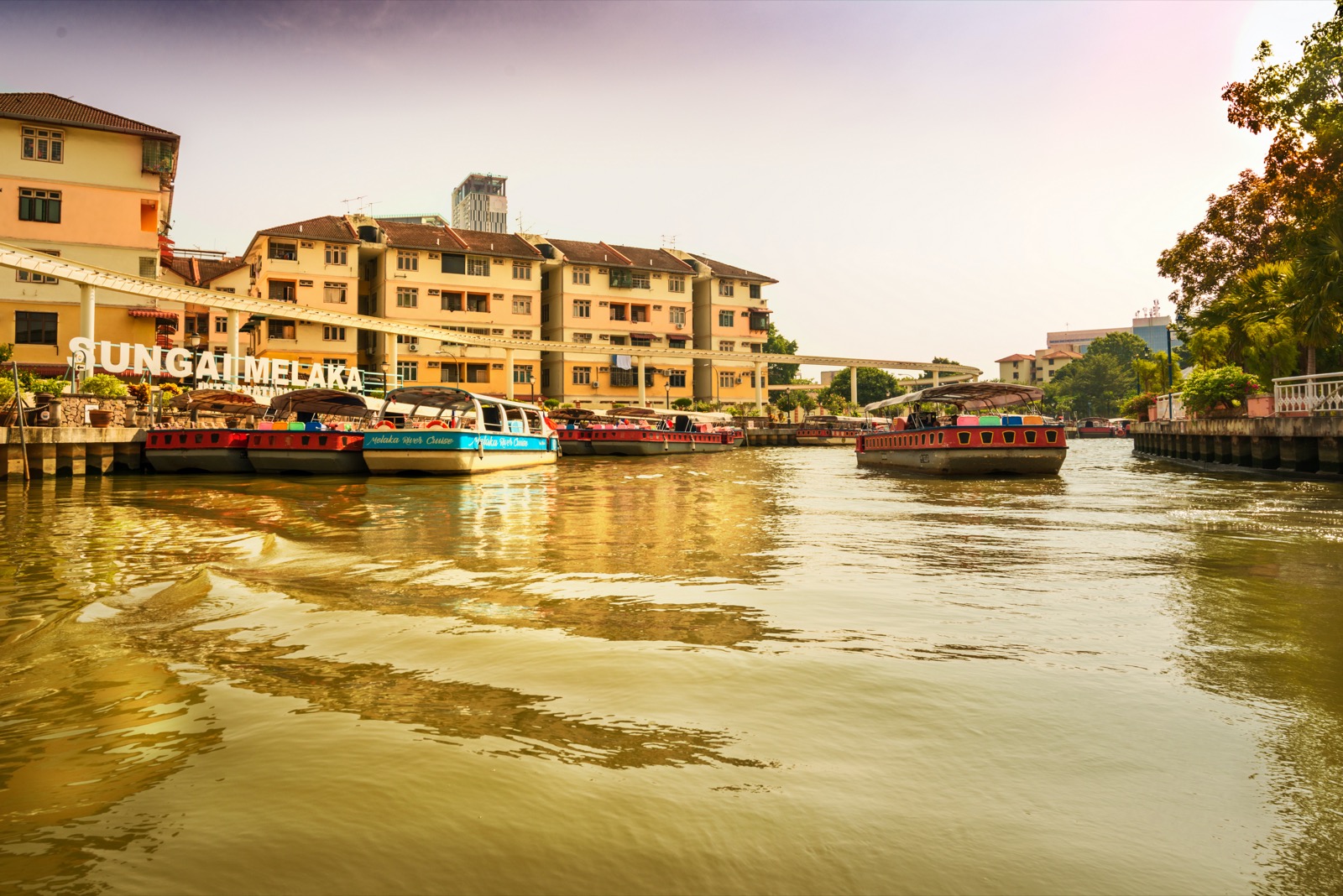
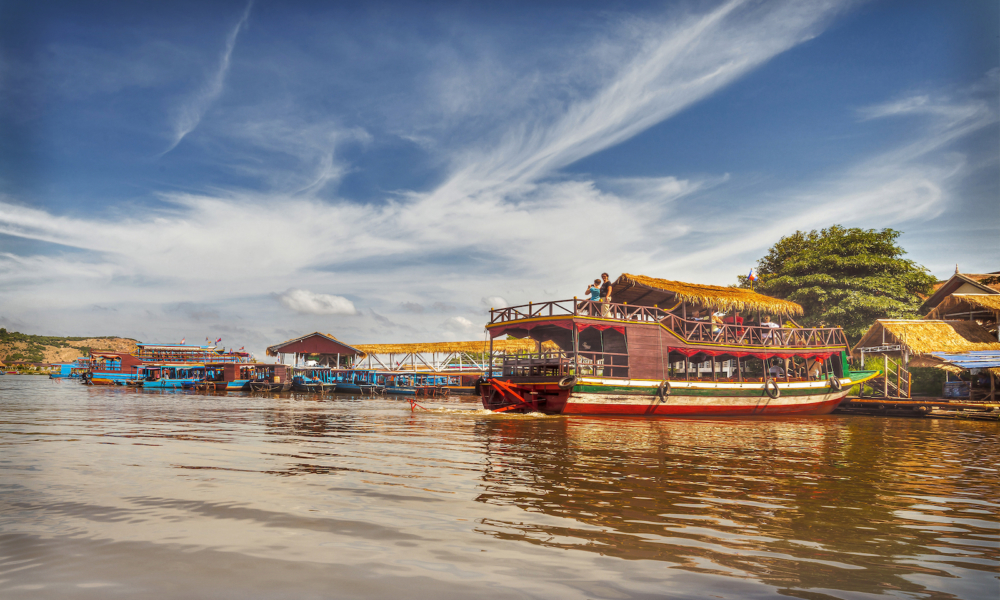
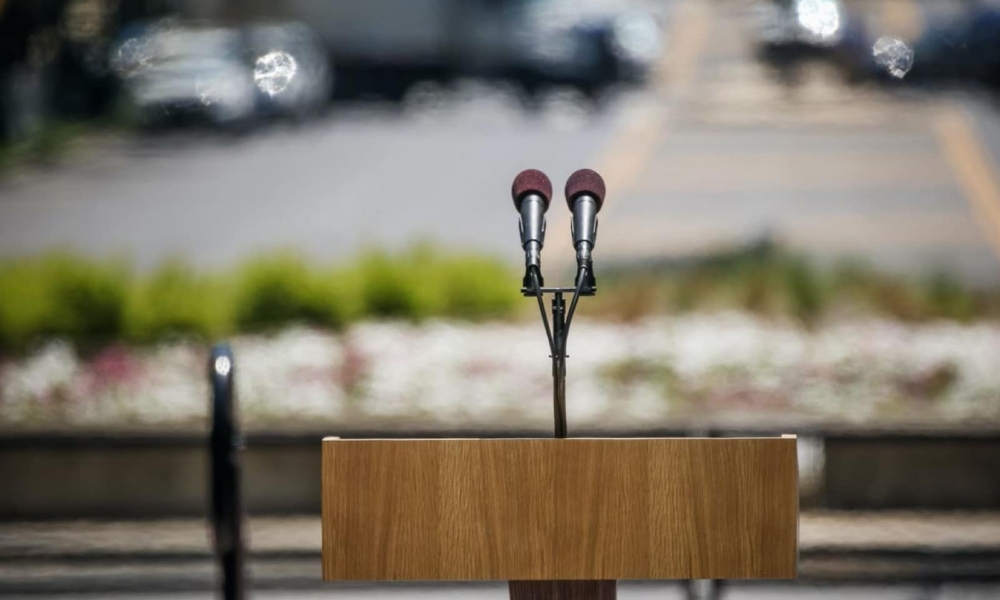
Jayant Neogy
7 May 2020Thank you!
Sadly, people are not my forte!
I can’t connect to them as I can to a location or landscape!
Usha Rai
7 May 2020Very nice. I think you should collect your photo stories and one day publish it as a book for tourists who want insights into these places. Eminently readable. Wish there were pix of people also.